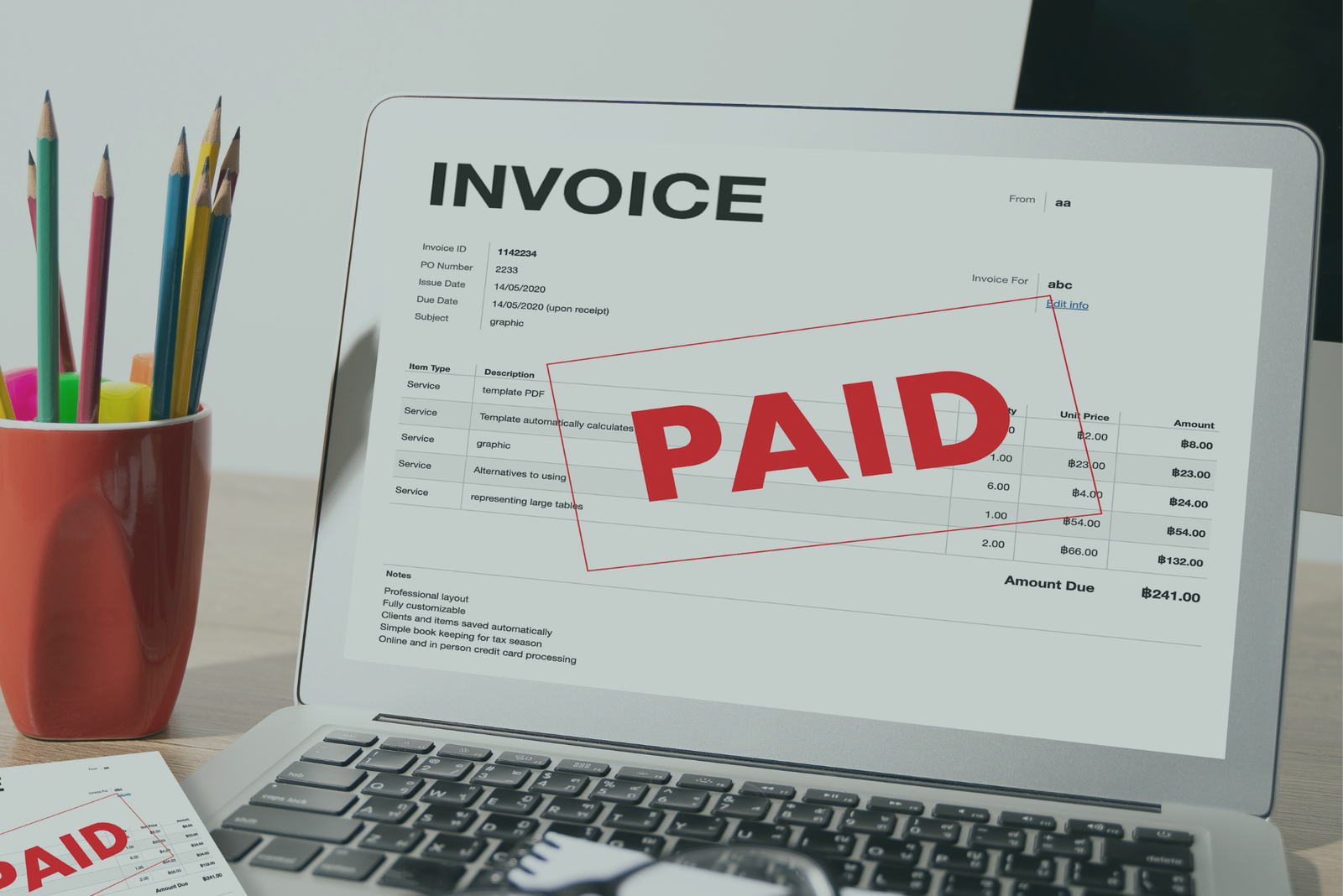Insights

The Complete Guide to Equipment Financing: Loans, Leasing, and Sale-Leaseback
Running a successful business often comes down to one thing: having the right tools at the right time. For healthcare practices, manufacturers, logistics firms, and other capital-intensive industries, equipment isn’t just an expense—it’s the backbone of growth and efficiency. But acquiring or upgrading equipment can strain cash flow, and that’s where equipment financing becomes essential.
This guide explores the three main structures of equipment financing—loans, leasing, and sale-leaseback—with a clear breakdown of how each works, their advantages and drawbacks, industry use cases, and what lenders look for when evaluating applications.
Why Equipment Financing Matters
Equipment financing provides businesses with the capital to acquire or unlock value from equipment without depleting working capital. Instead of tying up cash in large purchases, businesses can:
Spread costs over time.
Match payments to revenue cycles.
Access the latest technology.
Improve operational efficiency.
Free up liquidity for growth.
From medical practices investing in diagnostic devices to manufacturers upgrading production lines, equipment financing helps businesses stay competitive while protecting their cash position.
Equipment Loans
How It Works
An equipment loan provides a lump sum to purchase new or used equipment. The business owns the asset, and the lender holds a lien until repayment is complete.
Pros
Ownership: You build equity in the equipment.
Tax Benefits: Interest and depreciation may be deductible.
Flexible Terms: Loans can be structured to match the useful life of the asset.
Predictable Payments: Fixed terms make budgeting easier.
Cons
Down Payment: Some lenders require upfront equity.
Collateral: The equipment (and sometimes additional assets) secures the loan.
Depreciation Risk: Value of the equipment may fall faster than the loan balance.
Best Suited For
Medical practices buying imaging devices, dental chairs, or surgical equipment.
Manufacturers adding specialized machinery.
Logistics companies expanding fleets.
Lender’s Perspective
Lenders look at:
Creditworthiness of the borrower.
Value and resale potential of the equipment.
Industry risk profile.
Debt service coverage ratio (DSCR).
Equipment Leasing
How It Works
The business rents the equipment from a lender or leasing company for a fixed term. At the end, the business may return the equipment, renew the lease, or purchase it for a residual value.
Types of Leases
Operating Lease: Lower payments, off-balance-sheet, equipment returned at end.
Capital Lease (Finance Lease): Functions like a loan; equipment ownership typically transfers at the end.
Pros
Lower Upfront Costs: No large down payment.
Flexibility: Easy to upgrade equipment at lease end.
Tax Treatment: Payments often fully deductible.
Cash Flow Friendly: Spreads costs over time.
Cons
No Equity: You don’t own the asset unless you buy it later.
Potentially Higher Cost: Total payments may exceed the cost of outright purchase.
Commitment: Long leases can be restrictive.
Best Suited For
Hospitals and labs needing constantly updated technology.
Businesses with seasonal or short-term equipment needs.
Startups protecting cash flow.
Lender’s Perspective
Credit score and stability of the lessee.
Asset’s depreciation profile.
Secondary market demand for the equipment.
Sale-Leaseback
How It Works
The business sells existing equipment to a financing company and leases it back. This unlocks cash while allowing continued use of the asset.
Pros
Immediate Liquidity: Free up capital tied in equipment.
Continued Use: Business operations remain uninterrupted.
Off-Balance-Sheet Financing: Depending on structure, may improve financial ratios.
Tax Deductibility: Lease payments may be deductible.
Cons
Higher Long-Term Cost: Payments over time can exceed the sale proceeds.
Loss of Ownership: Equipment is no longer an owned asset.
Credit Requirements: Strong credit needed for favorable terms.
Best Suited For
Companies with valuable, fully paid equipment but urgent cash needs.
Businesses undergoing expansion or restructuring.
Healthcare practices with expensive specialized machines.
Lender’s Perspective
Condition and value of the equipment.
Company’s repayment ability.
Liquidity needs versus long-term sustainability.
Comparing the Options
| Structure | Ownership | Upfront Cost | Tax Benefits | Flexibility | Best For |
|---|---|---|---|---|---|
| Loan | Yes | Medium | Interest & depreciation | Moderate | Long-term use, equity building |
| Lease | No/Optional | Low | Payments deductible | High | Short-term needs, fast tech upgrades |
| Sale-Leaseback | No | None (cash in) | Lease payments deductible | Medium | Unlocking cash, restructuring |
Industries That Rely on Equipment Financing
Healthcare: Imaging devices, surgical tools, lab equipment.
Manufacturing: CNC machines, robotics, conveyor systems.
Transportation & Logistics: Trucks, trailers, shipping containers.
Construction: Cranes, bulldozers, heavy machinery.
Food & Beverage: Packaging machines, refrigeration systems.
How to Position Yourself for Approval
Lenders focus on risk and repayment capacity. Businesses can improve approval odds by:
Maintaining a strong DSCR (Debt Service Coverage Ratio).
Presenting accurate financial statements.
Providing detailed equipment specifications and quotes.
Showing a clear business plan for how the equipment supports growth.
The Strategic Value of Equipment Financing
More than just a funding tool, equipment financing is a strategic lever. It allows businesses to:
Scale capacity when opportunities arise.
Stay competitive with cutting-edge technology.
Balance cash flow and long-term investments.
Reallocate capital to R&D, marketing, or expansion.
Conclusion
Whether through loans, leases, or sale-leasebacks, equipment financing gives businesses the flexibility to grow without compromising liquidity. Each structure has its strengths and trade-offs, but when tailored to the company’s goals, equipment financing can be the key to unlocking productivity, competitiveness, and long-term success.
At Finmed Capital, we specialize in guiding businesses—especially in the healthcare sector—through the financing process, ensuring they choose the right structure for sustainable growth.
Popular Category
- Financing Solutions (3)
Popular Post
- Blog








